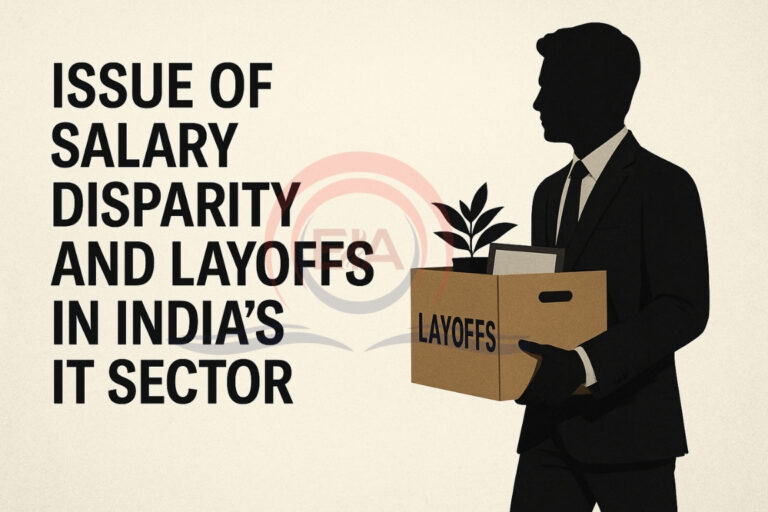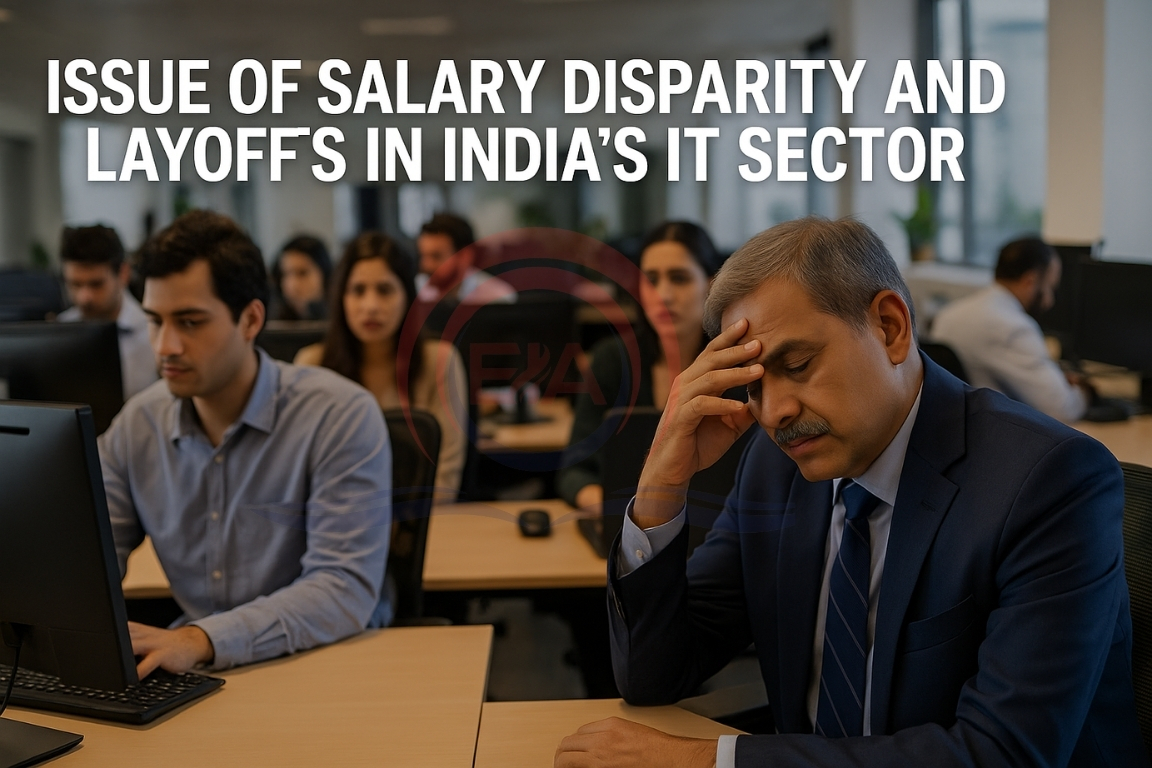TCS recently announced the layoff of 12,000 employees, sparking a debate over the huge salary gap between top executives and average workers. This has led to calls by employee groups and the AIPC for policy-level interventions, including a possible ceiling on executive pay.
Background:
- TCS is one of India’s largest employers.
- Despite being profitable, it announced large-scale layoffs of senior employees.
- This came at a time when AI and automation are reshaping the job market, especially in tech.
Salary Disparity in Focus:
- CEOs in Indian IT firms earn 300 to 850 times more than the average employee. Example: CEO of Infosys earns 850x the median employee. In the 1960s–70s, the ratio was 40–50x.
- AIPC and employee unions are now pushing for a policy to cap the executive-to-employee pay ratio, especially in publicly listed companies.

Automation, AI & Job Loss:
- AI is not replacing blue-collar jobs, but is automating high-end skills (e.g., data analysts, even CEOs).
- The concept of “skill enhancement” is being questioned, as many high-skilled roles are being replaced by AI.
- There’s a shift in understanding which jobs are truly essential and future-proof.
Policy Suggestions Discussed:
- Introduce a pay ratio cap (e.g., 50x median salary) in listed companies.
- Learn from sports leagues (like IPL, NFL) that already use salary caps effectively.
- Explore ideas like “robot tax” to fund basic welfare or retraining for laid-off workers.
- Encourage collective bargaining and unionisation in the IT sector.
- Focus on self-employment support for displaced tech workers, as they can’t be absorbed into agriculture or manual work schemes like MGNREGA.
Government Role:
- Labour is a State Subject, but the Centre can push policy models.
- Telangana and Karnataka CMs are being approached, especially due to their large IT workforce.
- Discussions ongoing with SEBI and the IT Ministry to bring wage equity policies in tech.
Conclusion:
While layoffs may be inevitable in changing industries, fairness and equity in pay structures must be addressed. A balanced policy approach — not extreme regulation, but reasonable limits — can help protect workers without harming innovation or competitiveness





